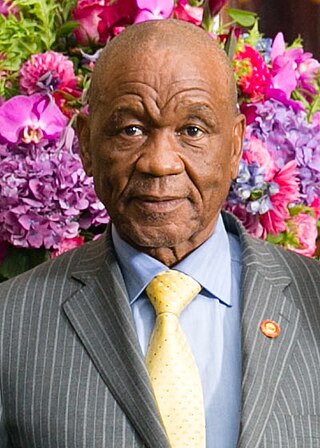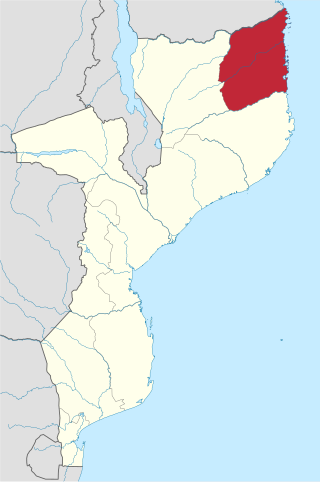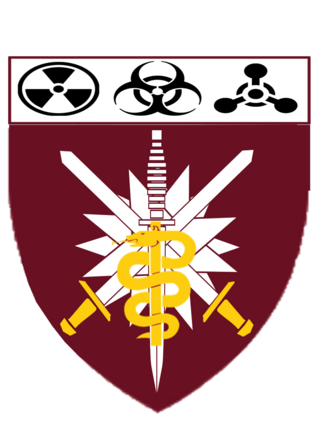
Lesotho, formally the Kingdom of Lesotho, is a landlocked country in Southern Africa. As an enclave of South Africa, with which it shares a 1,106 km border, it is the only sovereign enclave in the world outside of the Italian Peninsula. It is situated in the Maloti Mountains and contains the highest peak in Southern Africa. It has an area of over 30,000 km2 (11,600 sq mi) and has a population of about 2 million. Its capital and largest city is Maseru.

The history of people living in the area now known as Lesotho goes back as many as 400 years. Present Lesotho emerged as a single polity under King Moshoeshoe I in 1822. Under Moshoeshoe I, Basotho joined other clans in their struggle against the Lifaqane associated with famine and the reign of Shaka Zulu from 1818 to 1828.
Mixed-member proportional representation is a mixed electoral system in which votes are cast for both local elections and also for overall party vote tallies, which are used to allocate additional members to produce or deepen overall proportional representation.

Bethuel Pakalitha Mosisili is a former Mosotho politician who was the fourth prime minister of Lesotho from May 1998 to June 2012 and again from March 2015 to June 2017. He led the Lesotho Congress for Democracy (LCD) to a near-total victory in the 1998 election, and under his leadership the party also won majorities in the 2002 and 2007 elections. While serving as Prime Minister, Mosisili was also Minister of Defence.

Thomas Motsoahae Thabane is a Mosotho politician who was the fifth prime minister of Lesotho from 2012 to 2015 and from 2017 to 2020. He founded the All Basotho Convention (ABC) in 2006 and led the party until 2022.
The National Independent Party is a political party in Lesotho.

The Lesotho Defence Force (LDF) is the military of the Southern African Kingdom of Lesotho, which consists of about 2,000 personnel and is tasked with maintaining internal security, territorial integrity, and defending the constitution of Lesotho. Since the mountainous kingdom is completely landlocked by South Africa, in practice the country's external defence is guaranteed by its larger neighbour, so the armed forces are mainly used for internal security. The LDF is an army with a small air wing.

The Botswana Defence Force is the military of Botswana. The main component of the BDF is the Botswana Ground Force; there is also an air wing and a riverine patrol contingent attached to the ground forces, with 10 Panther airboats and 2 Boston Whaler Raider class.

General Solly Zacharia Shoke, is a South African military commander. He joined uMkhonto we Sizwe (MK), the military wing of the African National Congress, in the 1970s, and served as a field commander fighting against the South African government in the 1980s. He transferred to the South African National Defence Force (SANDF) when MK was incorporated into it in 1994, and served as Chief of the South African National Defence Force 2011 to 30 May 2021.

General elections were held in Lesotho on 17 February 2007. They had originally been scheduled to be held in April or May 2007. In October 2006, Tom Thabane left the ruling Lesotho Congress for Democracy (LCD) and formed a new party, the All Basotho Convention (ABC), and 17 other members of parliament joined him. This left the LCD with a narrow majority of 61 out of 120 seats. On the advice of Prime Minister Pakalitha Mosisili, King Letsie III dissolved parliament on November 24, 2006, and the election was scheduled for February 17, 2007. The bringing forward of the date caused dissatisfaction amongst the opposition, which expressed concern that it would not allow sufficient time for campaigning and electoral preparations. It was believed that the election was called early due to the possibility that there would be further defections from the LCD, depriving it of its majority.

General elections were held in Lesotho on 26 May 2012. The incumbent Prime Minister Pakalitha Mosisili's newly formed Democratic Congress won a majority of single-member seats. He also won his seat by the second-largest margin of victory. However, they only had a plurality in the overall tally and coalition talks are taking place.

43 South African Brigade is a formation of the South African Army. It was established on 2 April 1997 at Wallmannsthal, Gauteng as 43 Mechanised Brigade and then changed to 43 South African Brigade in 1999. Administratively, the headquarters answers to the Chief of the Army. Operationally and for force training, the formation takes instructions from the Joint Operations Division. Units and subunits are attached as required for the task at hand. When not required, those units remain part of their respective type formations.

The General Service Medal is a military campaign medal which was instituted by the Republic of South Africa in 1987. It could be awarded to members of the South African Defence Force from 1 January 1983, for operational service inside South Africa in the prevention or suppression of terrorism or internal disorder, or the preservation of life, health or property, or the maintenance of essential services and law and order, or crime prevention.

On 30 August 2014, Lesotho's Prime Minister Tom Thabane alleged that a coup d'état had been launched against him. This followed a previous allegation which caused him to suspend parliament over possible extra-constitutional manoeuvres. It also followed pressure from South Africa to maintain the democratic process. The next day, Deputy Prime Minister Mothetjoa Metsing assumed responsibility for running the government. An early election was held in February 2015 as a result of South African-led Southern African Development Community (SADC) mediation, giving power to the opposition.

General elections were held in Lesotho on 28 February 2015 for all 120 seats of the National Assembly, the lower house of the Parliament of Lesotho, more than two years ahead of schedule due to the 2014 political crisis. Following mediation facilitated by the Southern African Development Community (SADC), King Letsie III on the advice of the incumbent Prime Minister Tom Thabane, dissolved the Eighth Parliament and called a snap election.

Mothetjoa Metsing is a former Deputy Prime Minister of Lesotho. He is a member and current leader of the Lesotho Congress for Democracy (LCD). He served in the government of Prime Minister Tom Thabane between 2012 and 2015. In 2014, he was involved in controversy over an alleged coup attempt against the prime minister that was eventually resolved over calls for an early election.
Brigadier-General Renier (Cojack) Coetzee was a General Officer in the South African Army from the recces.

151 South African Infantry Battalion was a motorised infantry unit of the South African Army.

The Southern African Development Community Mission in Mozambique (SAMIM) is an active regional peacekeeping mission operated by the Southern African Development Community in Northern Mozambique's Cabo Delgado Province.

The South African Military Health Service Mobile Military Health Formation is the SANDF military special operations health capability. The formation operates two regular force medical battalions, with 7 Medical Battalion Group providing support to the South African Special Forces Brigade and 8 Medical Battalion Group focusing on airborne operations. Three reserve units, 1 Medical Battalion Group, 3 Medical Battalion Group and 6 Medical Battalion Group fall under the command of the formation.












